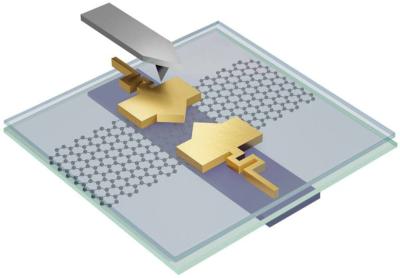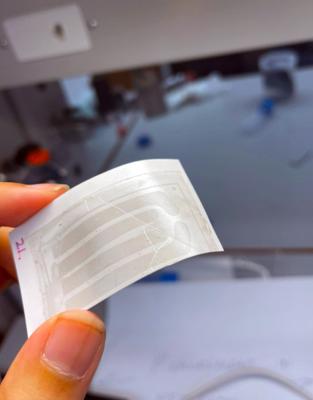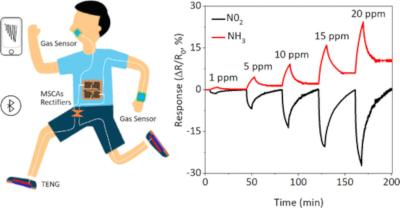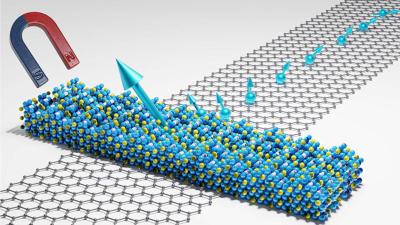Researchers use graphene to design transformable nano-scale electronic devices
Researchers at University of California, Irvine, working with a team from Japan's National Institute for Materials Science, have reported the discovery of nano-scale devices that can transform into many different shapes and sizes even though they exist in solid states. This comes in contrast to conventional nano-scale electronic parts in devices like smartphones, that are solid, static objects that once designed and built cannot transform into anything else. This recent finding could fundamentally change the nature of electronic devices, as well as the way scientists research atomic-scale quantum materials.
Schematic of an hBN-encapsulated graphene device with a local graphite back gate and flexible serpentine leads connected to the movable QPC top gates (metal contacts to the graphene and graphite not shown). Image from Science Advances
“What we discovered is that for a particular set of materials, you can make nano-scale electronic devices that aren’t stuck together,” said Javier Sanchez-Yamagishi, an assistant professor of physics & astronomy whose lab performed the new research. “The parts can move, and so that allows us to modify the size and shape of a device after it’s been made.”







